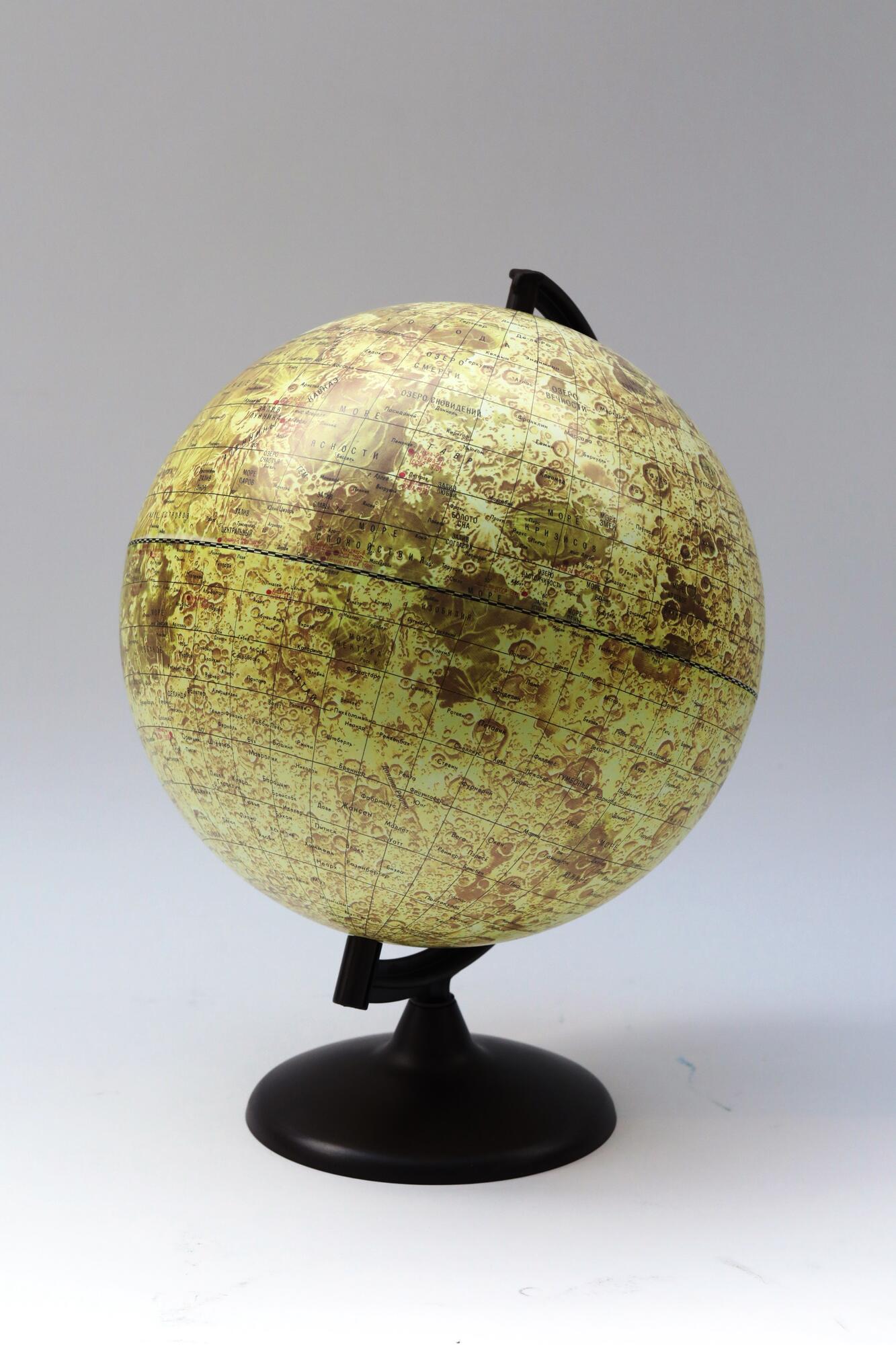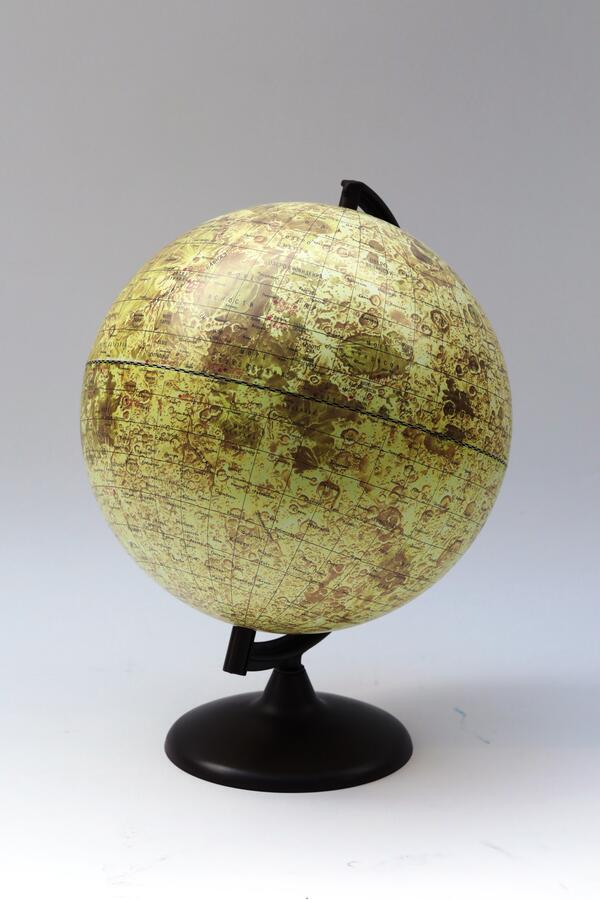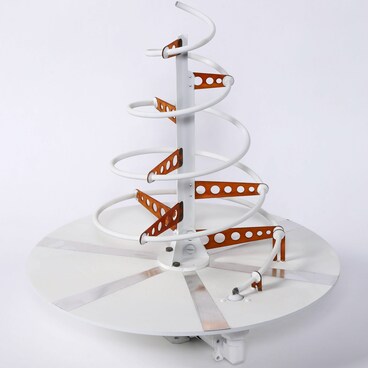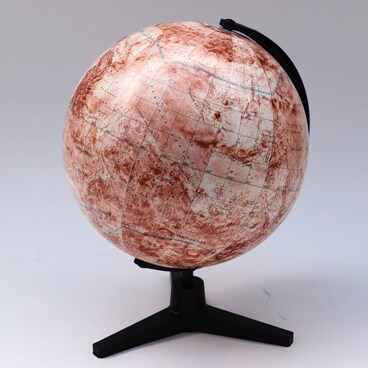The Moon is the closest heavenly body to the Earth, and its only natural satellite. Since the dawn of history it has fascinated astronomers and ordinary people alike, but for centuries the only way to study it was at a great distance, with the help of telescopes. One striking feature of the Moon’s surface, visible even to the naked eye, is the large dark areas, which, since the 17th century, have been known as “seas”. That term became generally accepted and continued in use even after it was proved that they are not bodies of water. The seas of the Moon have been given poetic names: the Ocean of Storms, the Sea of Fecundity, the Sea of Serenity, the Sea of Tranquility and the Sea of Crises. On the map of the moon we can also find the Bay of Love, the Bay of Hate, the Bay of Roughness, the Lake of Fear, the Marsh of Sleep and the Lake of Dreams. The Moon also has mountain ranges, with very terrestrial sounding names: the Caucasus, the Apennines, the Carpathians, the Alps, the Cordilleras and the Pyrenees.
Globe of the Moon
Время создания
Second half of the XX century
Размер
50x33x33 cm
50 х 33 х 33 cm
50 х 33 х 33 cm
Техника
Machine made items
Коллекция
Выставка
1
Открыть в приложении#1
Globe of the Moon
#4
#5
In the 1950s humans developed the technology needed to send artificial devices to the Moon in order to study it more closely. On September 14, 1959 the Soviet Automated Interplanetary Station (AIS) Luna-2 was the first man-made object to land on the Moon’s surface, where it released a large number of pentagonal plaques bearing the Soviet crest.
#6
Part of the Sea of Rains, to the north of the Luna-2’s landing site, is named in its honor — Lunnik Bay. On October 7, 1959 the next Soviet AIS, Luna-3, made the first orbit around the Moon, and took photographs of its dark side, which is never visible from the Earth. That mission demonstrated that the unseen face of the moon is very different from its visible face: it has no large “seas”, and its surface is more uniform, being covered all over with countless craters. The Soviet scientists, as the discoverers, gave names to its most visible features.
#7
The first soft landing on the Moon’s surface was carried out by the Soviet AIS Luna-9 on February 3, 1966, in the Ocean of Storms, to the north-east of Cavalierus Crater. Following that soft landing, the Americans launched several Survivor automatic probes.And on June 21, 1969, the Apollo-11 spacecraft made a landing in the Sea of Tranquility and the astronauts Neil Armstrong and Edwin Aldrin, stepped out of their lunar module, thus becoming the first humans to set foot on the Moon’s surface in the Sea of Tranquility. On November 17, 1970 the first remote controlled planetary rover, the Soviet Lunokhod-1, started exploring the Sea of Rains. The first device to make a landing on the far side of the moon was the Chinese AIS Chang’e 4, which carried the Yutu-2 rover.
#8
Ministry of Culture of the Russian Federation
читать дальшескрыть
00:00
00:00
1x
Globe of the Moon
Время создания
Second half of the XX century
Размер
50x33x33 cm
50 х 33 х 33 cm
50 х 33 х 33 cm
Техника
Machine made items
Коллекция
Выставка
1
Открыть в приложении
Поделиться



